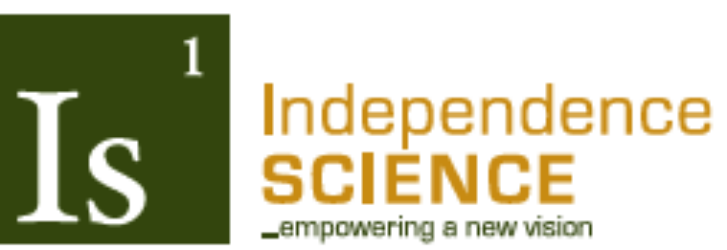Contributed by Robert Jaquiss
Editor of Independence Science Newsletter
[email protected]
The 2018 ISLAND conference was a great success. This year, the conference was hosted by Princeton University. The conference was held in Bowen hall Starting Friday September 14 and ending Saturday September 15. Our keynote speaker was Michael Hingson who gave the keynote address Friday evening. Michael told of his life and career and how he managed to adapt to many changes. A newspaper story about Michael’s visit is at:
http://www.centraljersey.com/news/the_princeton_packet/stories/survivor-of-sept-terrorist-attack-describes-ordeal-for-princeton-audience/article_f48e62b0-099e-5f9c-99c3-aac36afad982.htm
All the rest of the presentations were on Saturday and are briefly summarized below:
· We were welcomed by Dr. Daniel Steinberg of Princeton University and Dr. Cary Supalo of Educational Testing Service.
· WCAG 2.1 Meets STEM: Application, Interpretation, and Challenges for Further Standard Development. Dr. Jason White. Educational Testing Service. Dr. White talked about the newly updated WCAG standards. There were also comments about the presentation of math and the use of scalable vector graphics (SVG).
· Teaching Basic Cryptography Concepts Using Braille and Large Print Manipulatives. Jason Martin. Alabama Department of Rehabilitation Services. Various manipulatives which were labeled in braille were shown and passed around. The intent is to expose students to some basic cryptographic concepts.
· Using Remote Assistance to Provide Access to STEM Laboratory Classes. Michael Hingson. Michael demonstrated the Aira and talked about how it could be used in a laboratory.
· The SALS App: Making Chemistry Accessible With iOS Devices. Dr. Roseanne Hoffmann. American Printing House for the Blind. The Submersible Audible Light Sensor (SALS) connects to iDevices using BlueTooth. The probe part is 10 inches long and is used to detect color changes in liquid. The iDevice provides the audio feedback.
· Changing STEM with the Graphiti: A Tactile Graphic Display. Ken Perry. American Printing House for the Blind. The Graphiti was demonstrated. The Graphiti is an array of 60X40 pins and accepts HDMI input. When a colored image is used, the heighth of the pins will vary depending on the color. APH is seeking funds to help complete the development of the Graphiti.
· Making 3D printed and 3D laser-cut audio-enriched tactile STEM templates. Dr. Michael Kolitsky. University of Texas at El Paso. The creation of tactile overlays for the iPad was discussed. Electric Paint can be used to create buttons on the oberlays so the iPad screen can be activated.
· A Post-Secondary Degree Program that Maximizes Deaf/Hard-of-Hearing Student Success. Dr. Todd Pagano. Rochester Institute of Technology (RIT)/ National Technical Institute for the Deaf (NTID). NTID has comprehensive services for students who are deaf allowing them to complete the courses of study at RIT.
· Teaching Introductory Chemistry Laboratory Courses to Blind Students at Truman State University. Dr. H. David Wohlers, Caitlyn M. McGuire, and Jessica L. Michael. Truman State University. The presentation described the adaptations used to teach two students who are blind chemistry.
· Fun Science Activities for Children. Dr. Lillian A. Rankel & Marilyn Winograd. Teachers of the Blind. The presentation described how blind preschoolers were taught basic science concepts.
· AstroAccess: Creative Approaches to Disability Inclusion in STEM. Anna Volker. Ohio State University. The presentation focused on an effort to collect information on projects that teach astronomy to students with disabilities.
· A Review of Tactile Graphics Repositories. Robert Jaquiss. American Thermoform Corporation. The presentation consisted of two parts. The first part showed some examples of state-of-the-art RP technologies. The second part described various depositories of files that can be downloaded and printed on 3d printers. The list of depositories will be made available on our web site.
· Edible Astronomy Demonstration and Laboratory Activities. Dr. Donald Lubowich. Hofstra University. The presentation described how different foods can be used to teach astronomy.
